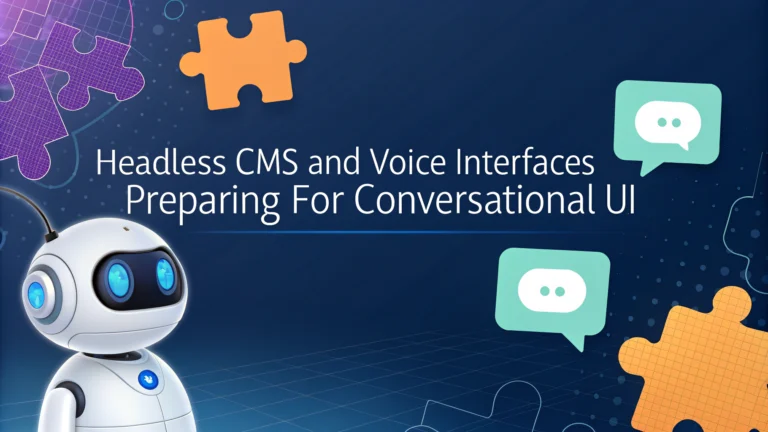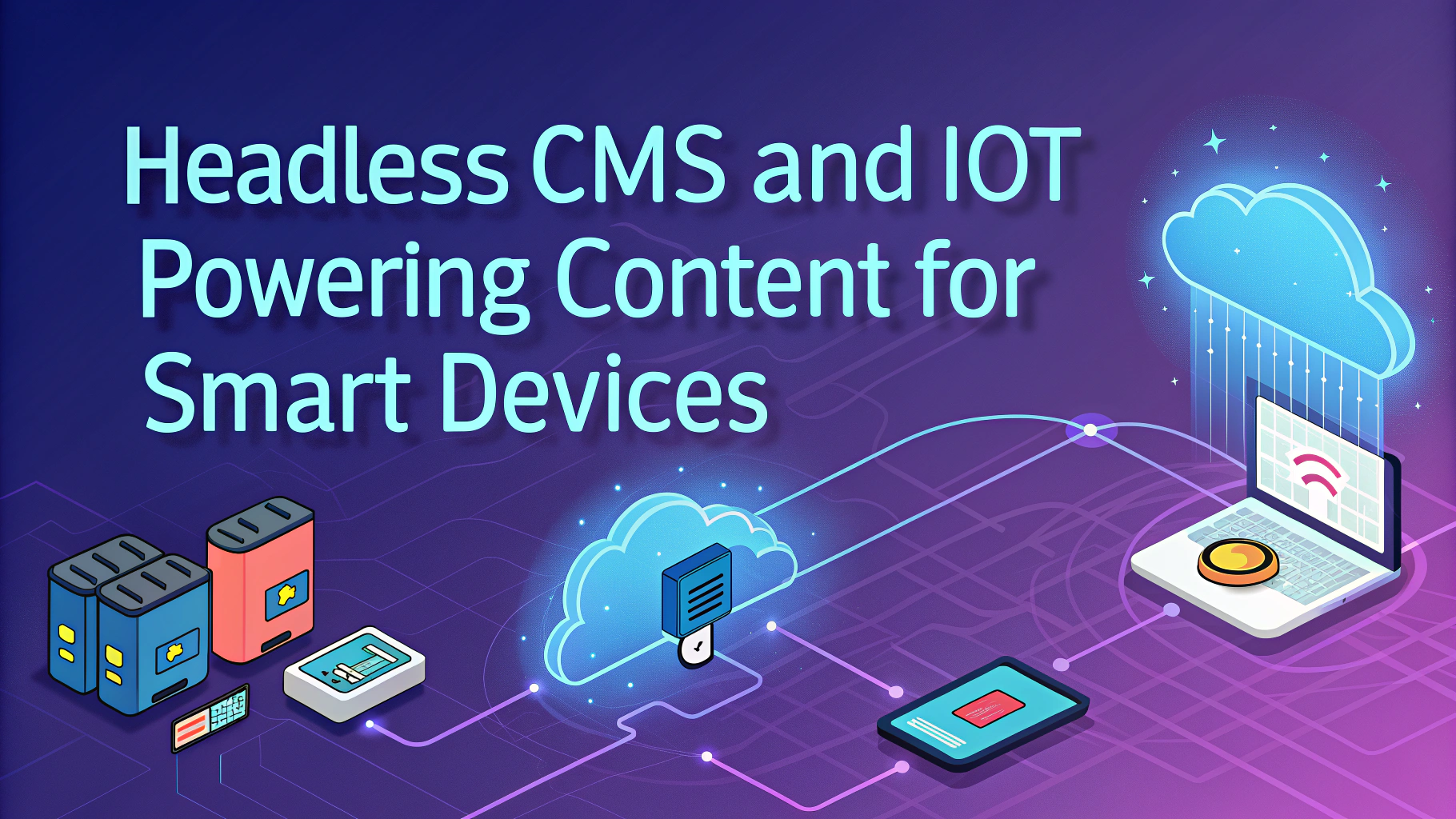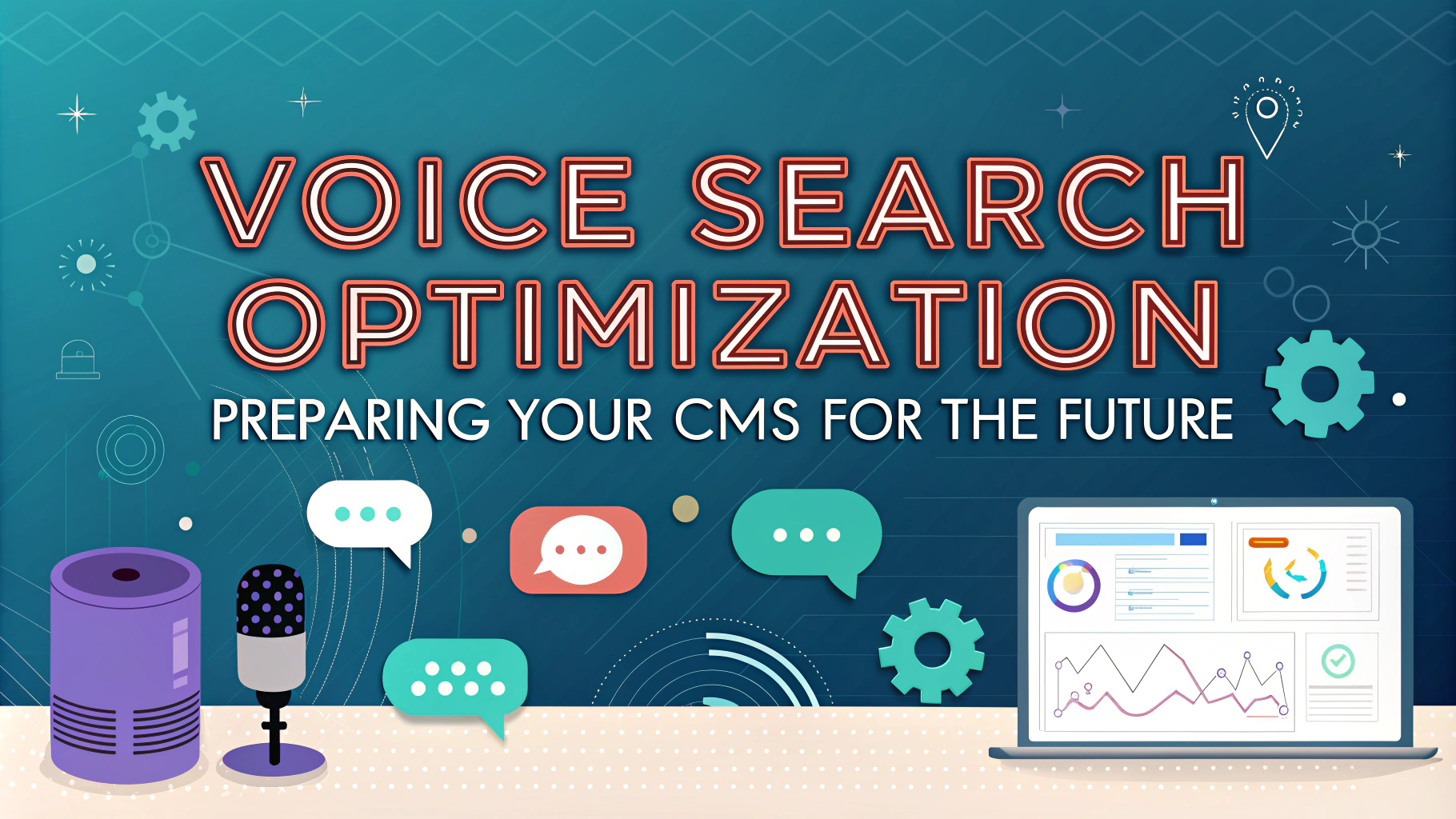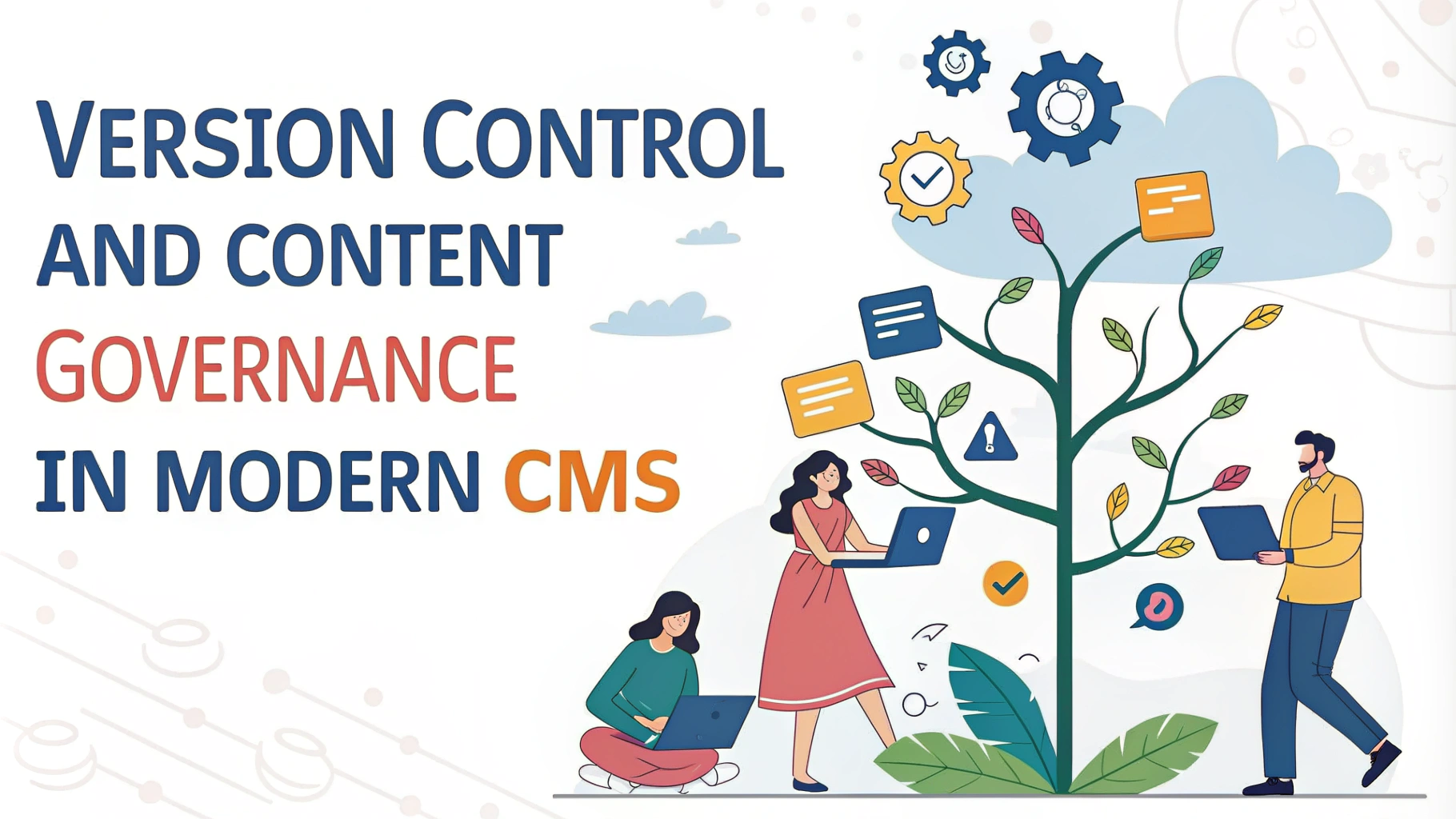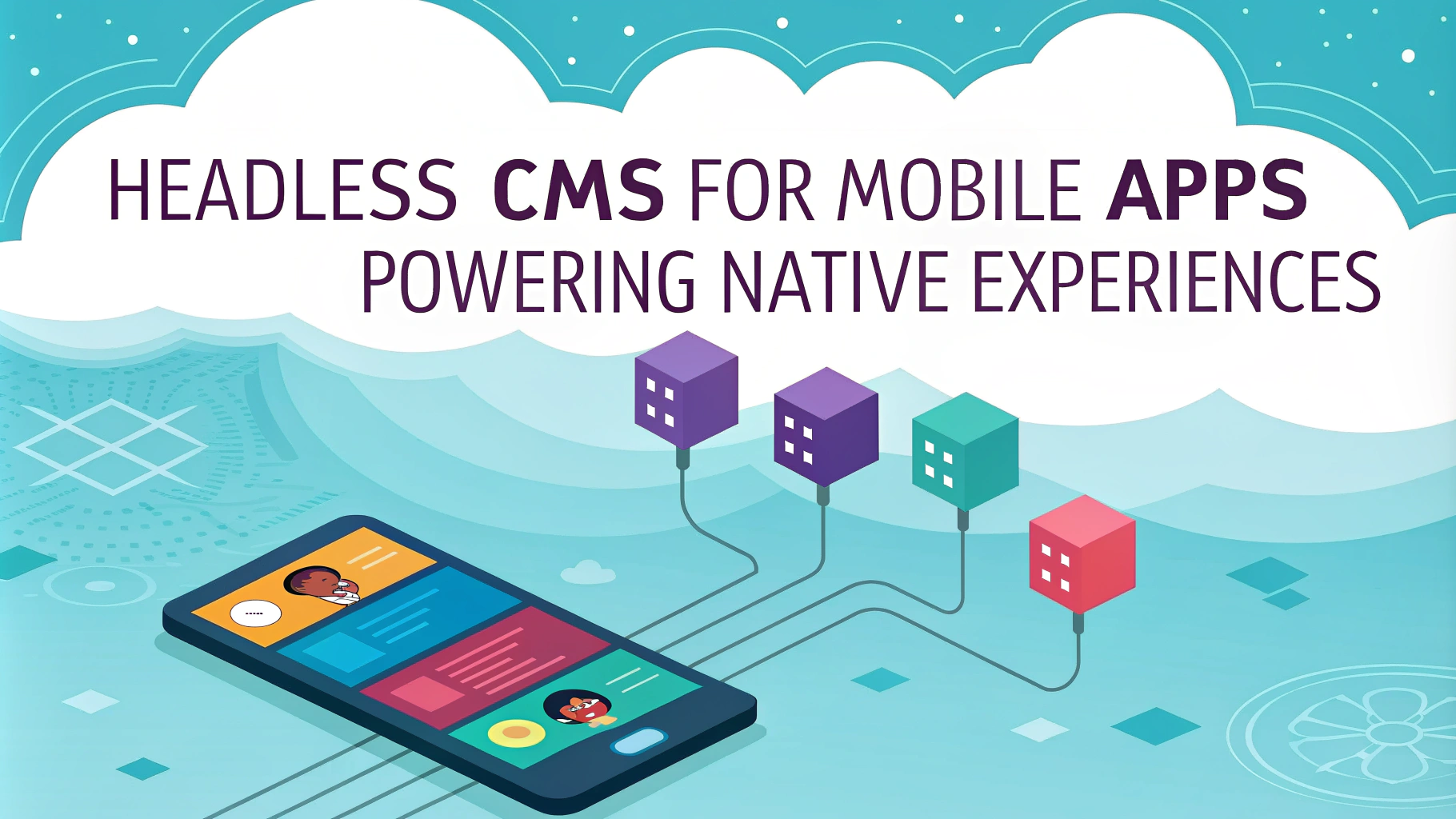Headless CMS and voice interfaces are reshaping how we interact with digital content. This article explores how to prepare for conversational UI using a headless CMS approach.
We’ll cover key concepts, benefits, and practical tips for implementing voice-friendly content strategies. By the end, you’ll have a clear roadmap for adapting your content architecture to meet the demands of voice-driven interfaces.
Understanding Headless CMS and Voice Interfaces
A headless CMS separates content management from content presentation. This architecture allows for flexible content delivery across various platforms, including voice interfaces.
Voice interfaces enable users to interact with digital systems using spoken commands. They’re becoming increasingly popular in smart speakers, virtual assistants, and mobile devices.
Key benefits of headless CMS for voice interfaces:
- Content reusability across multiple channels
- Faster content delivery through APIs
- Improved flexibility for adapting to new technologies
- Enhanced personalization capabilities
Designing Content Architecture for Voice
Creating voice-friendly content requires a shift in how we structure and organize information. Consider these strategies:
- Chunk content into small, digestible pieces
- Use clear, conversational language
- Implement structured data for better voice search optimization
- Create FAQ-style content to match natural language queries
Remember to focus on context and intent when designing your content architecture. This approach helps voice interfaces deliver more accurate and relevant responses.
Implementing API-First Content Delivery
An API-first approach is essential for seamless integration with voice interfaces. Here’s how to get started:
- Choose a headless CMS with robust API capabilities
- Design your content model with voice interactions in mind
- Create and expose APIs for voice-specific content delivery
- Implement caching strategies to ensure fast response times
Consider using GraphQL for more flexible and efficient API queries. This can help reduce over-fetching and under-fetching of data, leading to better performance in voice applications.
Popular headless CMS options for voice interfaces:
| CMS | Key Features |
|---|---|
| Contentful | Flexible content modeling, robust APIs |
| Strapi | Open-source, customizable, GraphQL support |
| Sanity | Real-time collaboration, powerful query language |
Optimizing Content for Voice Search
Voice search optimization is key for success in the age of voice interfaces. Here’s how to make your content more voice-friendly:
- Use long-tail keywords that mimic natural speech patterns
- Implement schema markup to provide context to search engines
- Create concise answers to common questions in your niche
- Optimize for local search with location-specific content
Remember to update your content regularly to stay relevant and accurate for voice queries.
Testing and Improving Voice Interface Performance
Continuous testing and improvement are essential for delivering a smooth voice experience. Consider these strategies:
- Use voice testing tools to simulate user interactions
- Analyze user feedback and usage patterns
- Conduct A/B testing on different content structures
- Monitor response times and optimize for speed
Pay attention to error rates and user frustration points to identify areas for improvement in your voice interface.
Integrating Voice Interfaces with Existing Systems
Seamless integration with your current tech stack is crucial for success. Here’s how to approach it:
- Use webhooks to connect voice interfaces with your CMS
- Implement OAuth for secure user authentication
- Leverage serverless functions for scalable voice processing
- Integrate with analytics platforms for insights on voice interactions
Consider using middleware to handle complex integrations between your voice interface and backend systems.
Popular voice integration platforms:
| Platform | Key Features |
|---|---|
| Dialogflow | Natural language processing, multi-platform support |
| Amazon Lex | Deep learning algorithms, AWS integration |
| Rasa | Open-source, customizable, on-premise deployment |
Future-Proofing Your Voice Strategy
The voice technology landscape is evolving rapidly. Stay ahead with these tips:
- Keep up with emerging voice technologies and standards
- Invest in AI and machine learning capabilities
- Develop a multi-modal strategy combining voice with other interfaces
- Focus on data privacy and security in voice interactions
Regularly reassess your voice strategy to ensure it aligns with user needs and technological advancements.

